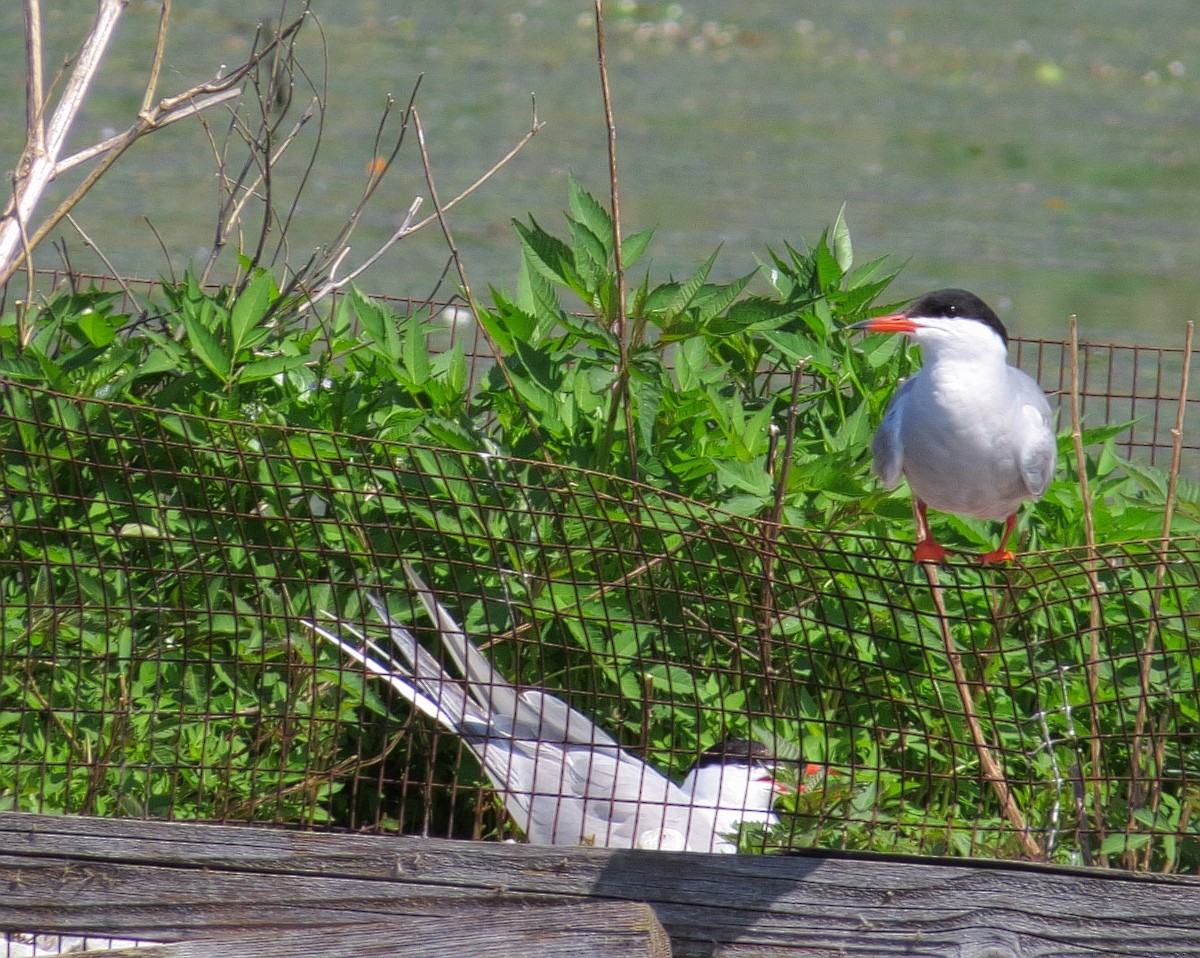 Where does you find common Tern?
Where does you find common Tern?
Where does you find common Tern?
Most populations of the common tern are strongly migratory, wintering south of their temperate and subarctic Northern Hemisphere breeding ranges. First summer birds usually remain in their wintering quarters, although a few return to breeding colonies some time after the arrival of the adults. In North America, the common tern breeds along the Atlantic coast from Labrador to North Carolina, and inland throughout much of Canada east of the Rocky Mountains. In the United States, some breeding populations can also be found in the states bordering the Great Lakes, and locally on the Gulf coast. There are small, only partially migratory, colonies in the Caribbean; these are in The Bahamas and Cuba, and off Venezuela in the Los Roques and Las Aves archipelagos. New World birds winter along both coasts of Central and South America, to Argentina on the east coast and to Northern Chile on the west coast. Records from South America and the Azores show that some birds may cross the Atlantic in both directions on their migration. The common tern breeds across most of Europe, with the highest numbers in the north and east of the continent. There are small populations on the north African coast, and in the Azores, Canary Islands and Madeira. Most winter off western or southern Africa, birds from the south and west of Europe tending to stay north of the equator and other European birds moving further south. The breeding range continues across the temperate and taiga zones of Asia, with scattered outposts on the Persian Gulf and the coast of Iran. Small populations breed on islands off Sri Lanka, and in the Ladakh region of the Tibetan plateau. Western Asian birds winter in the northern Indian Ocean, and S. h. tibetana appears to be common off East Africa during the northern hemisphere winter. Birds from further north and east in Asia, such as S. h. longipennis, move through Japan, Thailand and the western Pacific as far as southern Australia. There are small and erratic colonies in West Africa, in Nigeria and Guinea-Bissau, unusual in that they are within what is mainly a wintering area. Only a few common terns have been recorded in New Zealand, and this species' status in Polynesia is unclear. A bird ringed at the nest in Sweden was found dead on Stewart Island, New Zealand, five months later, having flown an estimated 25,000 km (15,000 mi). As long distance migrants, common terns sometimes occur well outside their normal range. Stray birds have been found inland in Africa (Zambia and Malawi), and on the Maldives and Comoros islands; the nominate subspecies has reached Australia, the Andes, and the interior of South America. Asian S. h. longipennis has recent records from western Europe. The common tern breeds over a wider range of habitats than any of its relatives, nesting from the taiga of Asia to tropical shores, and at altitudes up to 2,000 m (6,600 ft) in Armenia, and 4,800 m (15,700 ft) in Asia. It avoids areas which are frequently exposed to excessive rain or wind, and also icy waters, so it does not breed as far north as the Arctic tern. The common tern breeds close to freshwater or the sea on almost any open flat habitat, including sand or shingle beaches, firm dune areas, salt marsh, or, most commonly, islands. Flat grassland or heath, or even large flat rocks may be suitable in an island environment. In mixed colonies, common terns will tolerate somewhat longer ground vegetation than Arctic terns, but avoid the even taller growth acceptable to roseate terns; the relevant factor here is the different leg lengths of the three species. Common terns adapt readily to artificial floating rafts, and may even nest on flat factory roofs. Unusual nest sites include hay bales, a stump 0.6 m (2 ft) above the water, and floating logs or vegetation. There is a record of a common tern taking over a spotted sandpiper nest and laying its eggs with those of the wader. Outside the breeding season, all that is needed in terms of habitat is access to fishing areas, and somewhere to land. In addition to natural beaches and rocks, boats, buoys and piers are often used both as perches and night-time roosts.
